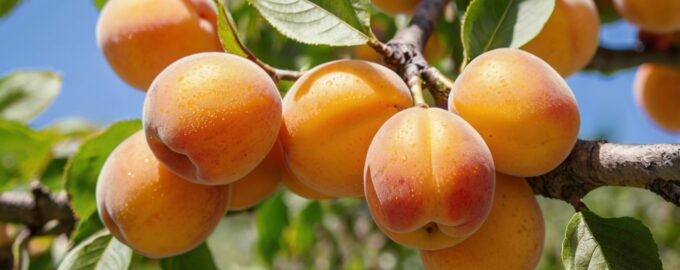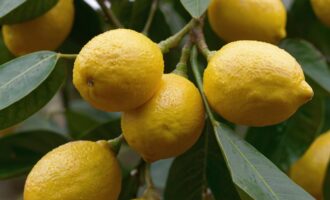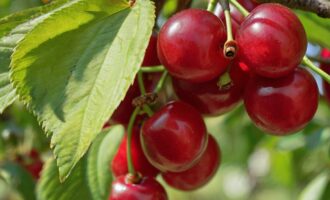Apricots are not only delicious summer fruits but also true natural treasures rich in vitamins and minerals. They are widely used in cooking and traditional medicine due to their numerous health benefits. In this article, we will explain why apricots are so beneficial, which vitamins and minerals they contain, what makes the pineapple apricot variety special, and share interesting stories and recipes from around the world.
Composition of Apricots: Vitamins, Minerals, and Organic Compounds
Apricots have a rich chemical composition that includes many beneficial substances:
- Vitamins. Apricots contain vitamins A, C, E, K, and B-group vitamins (B1, B2, B3, B5, B6). Vitamin A (beta-carotene) is especially important for eye and skin health, vitamin C strengthens the immune system, and B vitamins improve metabolism and support the nervous system.
- Minerals. Apricots contain potassium, magnesium, phosphorus, calcium, iron, and zinc. Potassium helps regulate blood pressure and supports heart function, while magnesium and calcium are essential for bone and nervous system health.
- Antioxidants. Apricots are rich in antioxidants such as polyphenols, flavonoids, and beta-carotene, which protect body cells from free radicals and reduce the risk of chronic diseases.
- Fiber. The fiber content in apricots promotes healthy digestion and helps regulate blood sugar levels.
| Indicator | Content per 100 g of apricots |
|---|---|
| Calories | 48 kcal |
| Protein | 1.4 g |
| Fat | 0.4 g |
| Carbohydrates | 11.1 g |
| Dietary fiber | 2.0 g |
| Water | 86.4 g |
| Macronutrients | |
| Potassium (K) | 259 mg |
| Calcium (Ca) | 13 mg |
| Phosphorus (P) | 23 mg |
| Magnesium (Mg) | 10 mg |
| Sodium (Na) | 1 mg |
| Sulfur (S) | 6 mg |
| Micronutrients | |
| Iron (Fe) | 0.4 mg |
| Zinc (Zn) | 0.2 mg |
| Copper (Cu) | 0.1 mg |
| Manganese (Mn) | 0.08 mg |
| Fluorine (F) | 10 µg |
| Iodine (I) | 1 µg |
| Selenium (Se) | 0.1 µg |
| Vitamins | |
| Vitamin A (retinol, β-carotene) | 96 µg (1094 µg β-carotene) |
| Vitamin B1 (thiamine) | 0.03 mg |
| Vitamin B2 (riboflavin) | 0.04 mg |
| Vitamin B3 (niacin, PP) | 0.6 mg |
| Vitamin B5 (pantothenic acid) | 0.24 mg |
| Vitamin B6 (pyridoxine) | 0.05 mg |
| Vitamin B9 (folic acid) | 9 µg |
| Vitamin C (ascorbic acid) | 10 mg |
| Vitamin E (tocopherol) | 0.9 mg |
| Vitamin K (phylloquinone) | 3.3 µg |
| Amino Acids | |
| Aspartic acid | 155 mg |
| Glutamic acid | 200 mg |
| Alanine | 55 mg |
| Arginine | 45 mg |
| Glycine | 40 mg |
| Leucine | 50 mg |
| Lysine | 45 mg |
| Serine | 38 mg |
| Tyrosine | 25 mg |
| Valine | 47 mg |
| Organic Acids | |
| Malic acid | 1.5 g |
| Citric acid | 0.8 g |
| Tartaric acid | 0.2 g |
| Oxalic acid | 0.01 g |
| Other Compounds | |
| Pectins | 0.7 g |
| Carotenoids (total) | 1.1 mg |
| Anthocyanins | up to 10 mg |
| Phenolic compounds (antioxidants) | up to 150 mg gallic acid equivalent |
Features of the Pineapple Apricot Variety
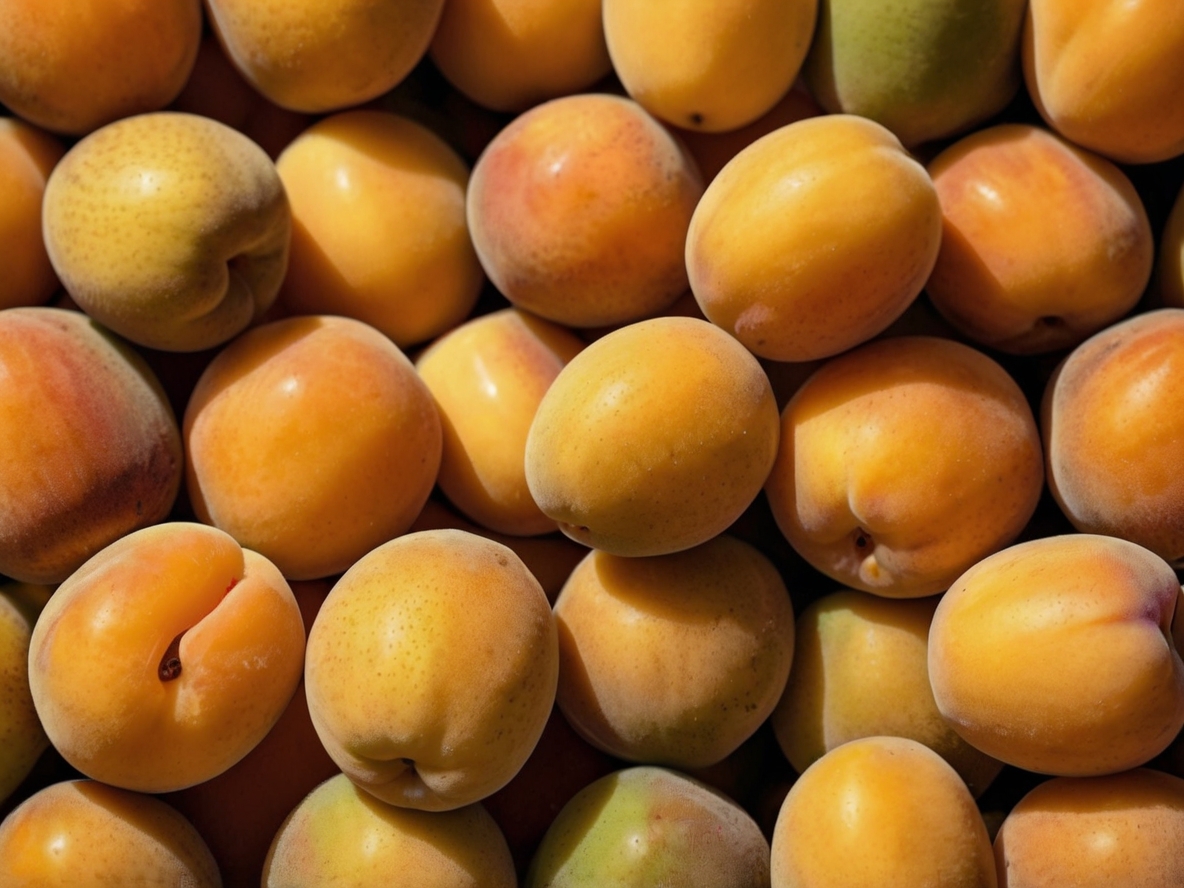
The Pineapple Apricot is one of the most exquisite and flavorful varieties, known for its exceptional taste and aroma. It got its name from the subtle pineapple note in its flavor. Here are some of its features:
- Taste and aroma. This variety has a sweet and delicate taste with hints of pineapple, making it unique among other apricot types.
- Ripeness and juiciness. The fruits are large, bright orange, and very juicy. They are excellent both for fresh consumption and for cooking various dishes.
- Nutritional value. The Pineapple Apricot contains the same vitamins and minerals as other varieties, but its unique flavor makes it especially popular among gourmets and fruit lovers.
Unusual and Fascinating Stories About Apricots
Apricots have a long and interesting history, full of legends and myths:
The ancient Persians considered apricots the fruit of immortality. They believed that regular consumption of apricots prolonged life and strengthened health. This tradition was later adopted by other Eastern cultures, and apricots began to be cultivated in monastery gardens for their healing properties.
According to Armenian folklore, apricots were brought to Armenia by the warriors of Alexander the Great from Persia. Over time, apricots became a symbol of national culture and an important part of local cuisine and medicine.
Popular Apricot Dishes Around the World
Apricots are widely used in the cuisines of many countries. Here are some popular dishes made from apricots:
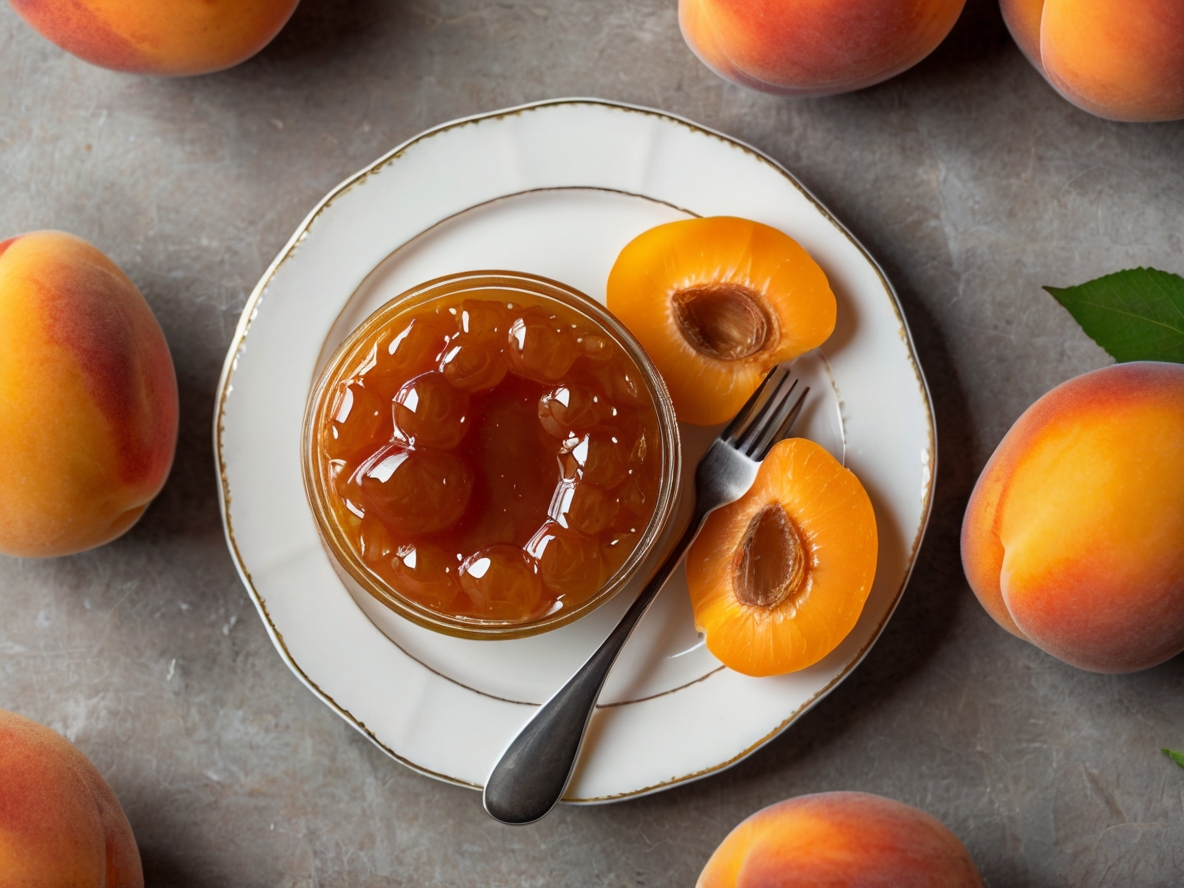
- Apricot jam. A classic treat enjoyed at breakfast in many countries. It is served with toast, pancakes, or used as a filling for pastries.
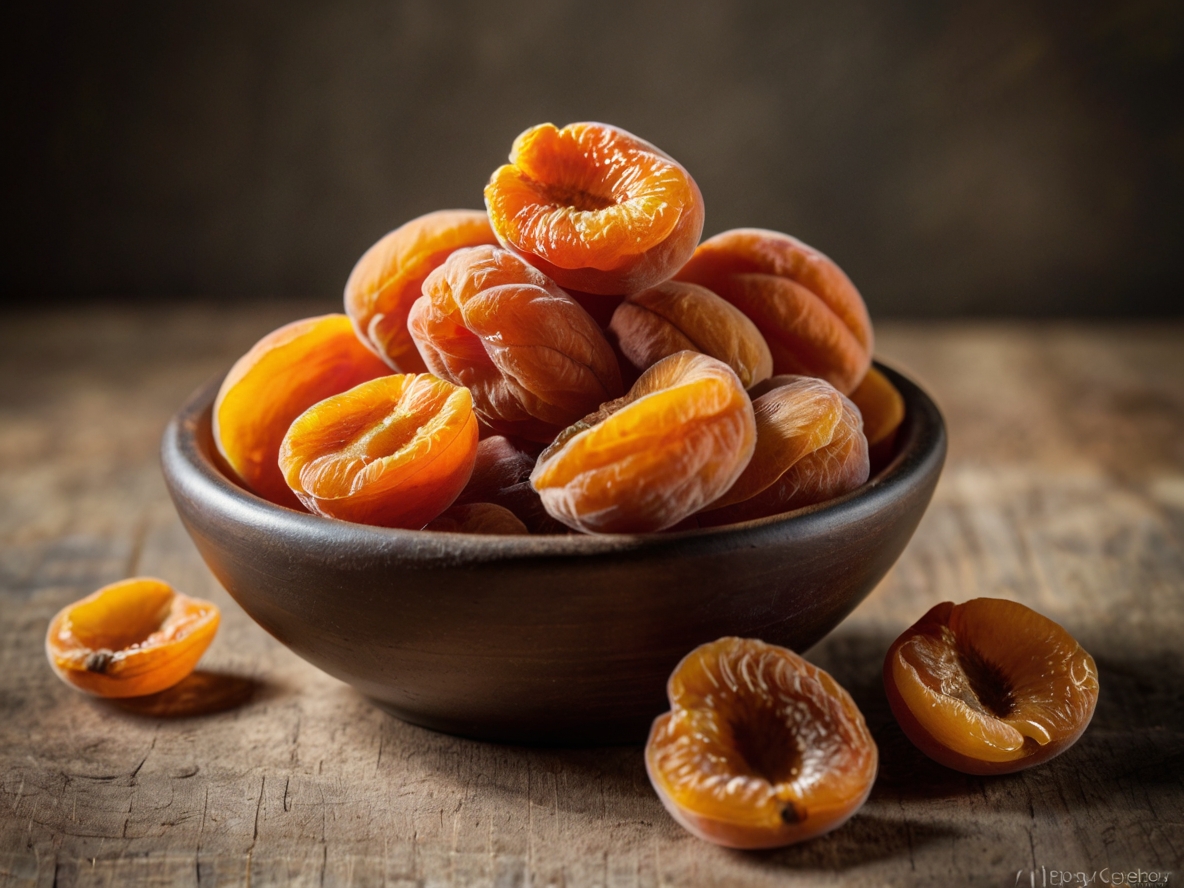
- Dried apricots (kuraga). Popular in many regions, especially in Central Asia. They are eaten as a snack or added to dishes like pilaf or compote.

- Apricot tart. A European dessert made with shortcrust pastry and a filling of fresh or candied apricots. This elegant treat is often found in French and Italian bakeries.
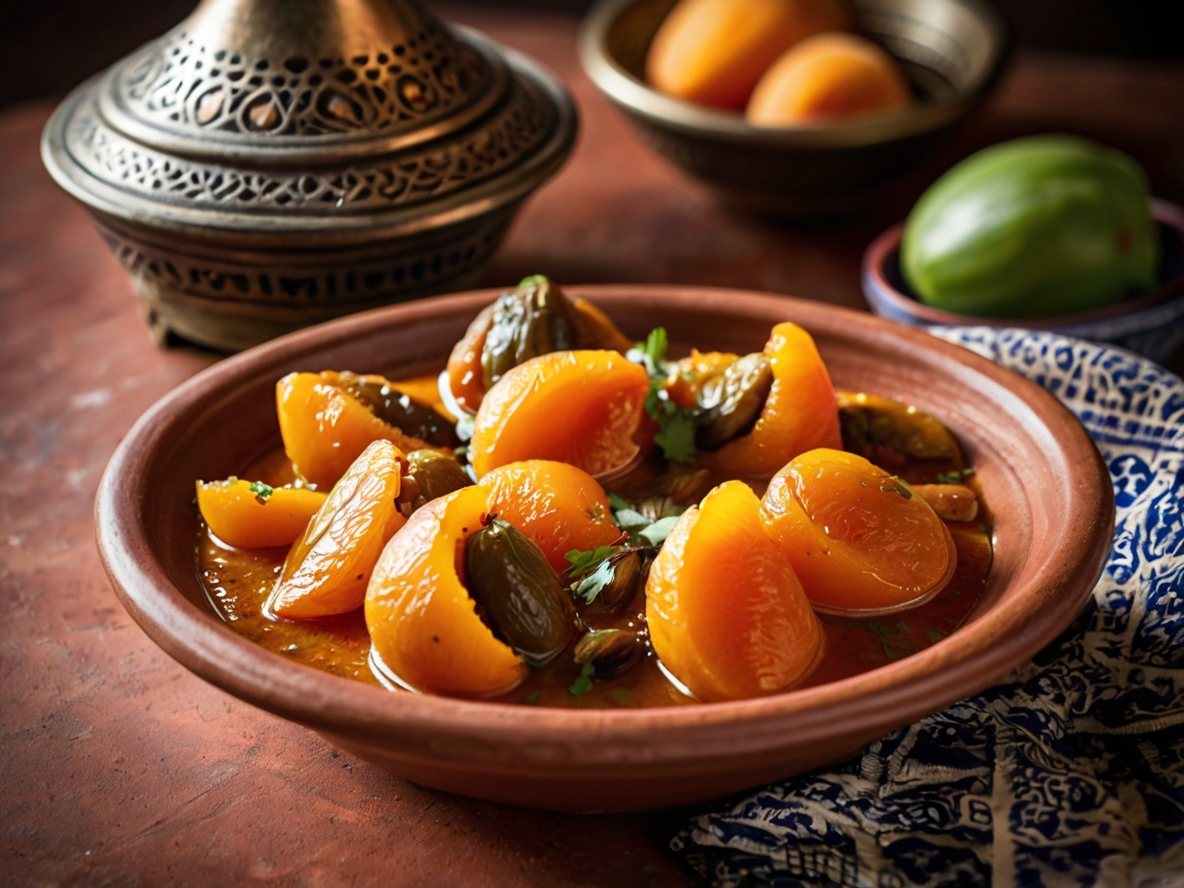
- Moroccan tagine with apricots. A traditional North African dish made with meat and dried fruits, including apricots. It has a rich and complex flavor thanks to the blend of spices and fruit.
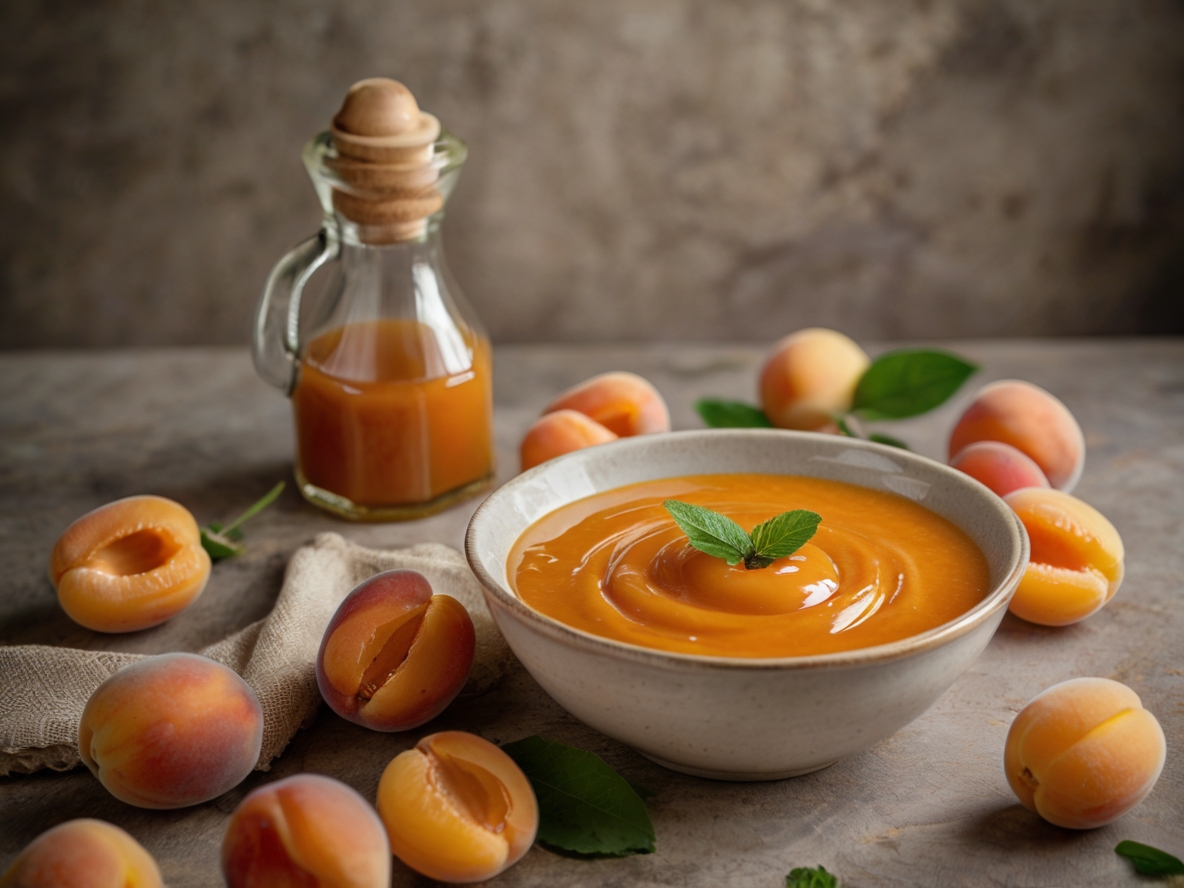
- Apricot sauce. Apricots are used to make various sauces for meat and fish dishes, adding a sweet and tangy flavor.

- Apricot cocktail. A refreshing summer drink made from fresh apricots blended with yogurt or milk and ice.
Apricots are not only delicious fruits but also a valuable source of vitamins and minerals that greatly benefit the human body. Thanks to their variety and rich composition, apricots can be used in many dishes and drinks, allowing you to enjoy their flavor and health benefits all year round. Be sure to include apricots in your diet and savor their delicate taste and aroma!
Frequently Asked Questions about Apricots
What vitamins and minerals are most abundant in apricots?
Apricots are rich in vitamins A, C, E, K, B-group vitamins, and minerals like potassium, magnesium, phosphorus, calcium, and iron, supporting immunity, vision, and overall health.
What makes the Pineapple Apricot variety special?
The Pineapple Apricot stands out for its sweet taste with subtle pineapple notes, large juicy fruits, and high nutritional value, making it popular among gourmets.
Are apricots beneficial for digestion?
Yes, apricots contain dietary fiber, which aids digestion, regulates bowel movements, and helps maintain stable blood sugar levels.
How can apricots be used in cooking and drinks?
Apricots are versatile: they can be made into jams, tarts, sauces, cocktails, or used dried in dishes like pilaf and tagine.
Do apricots have antioxidant properties?
Yes, they contain antioxidants like polyphenols, flavonoids, and beta-carotene, which protect cells from free radicals and support long-term health.
Can apricots help strengthen the immune system?
Vitamin C and other bioactive compounds in apricots enhance immunity and help the body resist infections.
How are apricots connected to culture and history?
Apricots have a rich cultural history, being considered symbols of health and longevity in Persian and Armenian traditions, and cultivated for centuries for their healing properties.

